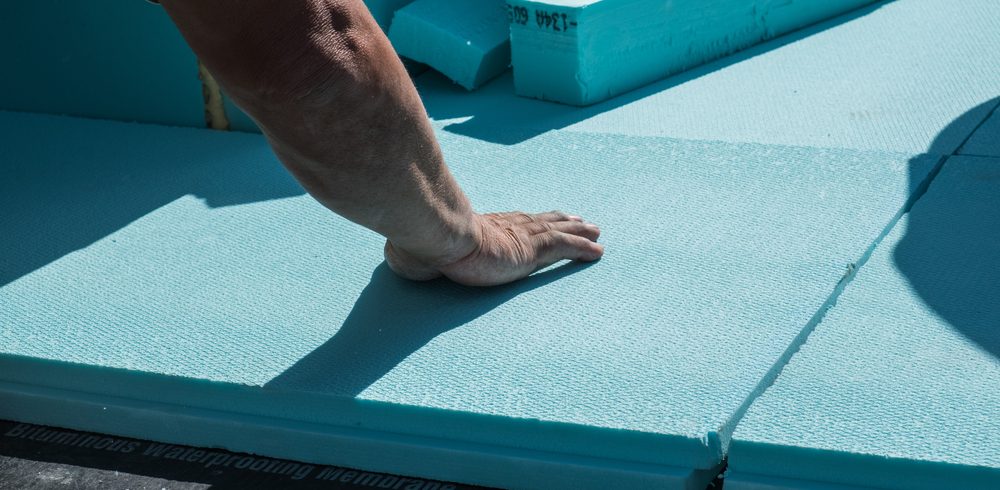Lightweighting Gets Boost Thanks To Energy Absorbing Foams : Today’s market sees tighter emissions targets and fuel economy rates pushing vehicle manufacturers to cut weight across their product line in more ways that one. That means, individual elements must be looked at to develop a much lighter vehicle when its weight is considered in total.
JSP, an industry leading materials specialist, says the answer to lightweighting lies in structures that can absorb energy such as Arpro which can be used on door panels, bumpers and restraints for the head. Arpro’s innovation manager Bert Suffis says it has been a real challenge for engineers in recent years to ensure standards remain high – across operational capability, safety and other crucial elements of the vehicle’s structure and use – without adding to its weight or, indeed, its cost. Suffis, who oversees Arpro’s innovative endeavours across Europe as well as Africa and the Middle East, says the company’s product offers 25% to 30% lighter weight than comparative materials. It can therefore, he says, deliver “significant savings”.
The material based on polypropylene comprises of an array of hollow cells which are designed to provide energy absorption if impact occurs. Using individual particles that are pre-formed, then blown via a two-part mould before being fused together with a steaming process, the result is a material that is lightweight, resilient and robust enough for utilisation in load-bearing environments.
Take polyurethane in contrast, for example, where the process of foaming happens inside the tool, Arpro’s innovation gains from being pre-foamed. JSP says this achieves easier management and control of the cell density, which determines make-up of the finished part.
This is particularly useful because it removes the effect of gravity on the foaming process, ensuring the material is wholly isotropic in its performance. It acts in the same way when force is applied to it regardless of direction. This is in contrast to something like honeycomb-like materials that when extruded acts in a highly directional fashion.
Suffis says when you factor in acoustic management and thermal performance, the resulting structure can result in something that is bulky, inefficient and ineffectual. Arpro can tackle these challenges. He highlights the BMW i8’s door panel which utilised Arpro and reduced weight by 22%. It also reduced 50% of tooling investment when compared to conventional assembly. Timescales were also reduced.
Manufacturing & Engineering Magazine | The Home of Manufacturing Industry News















